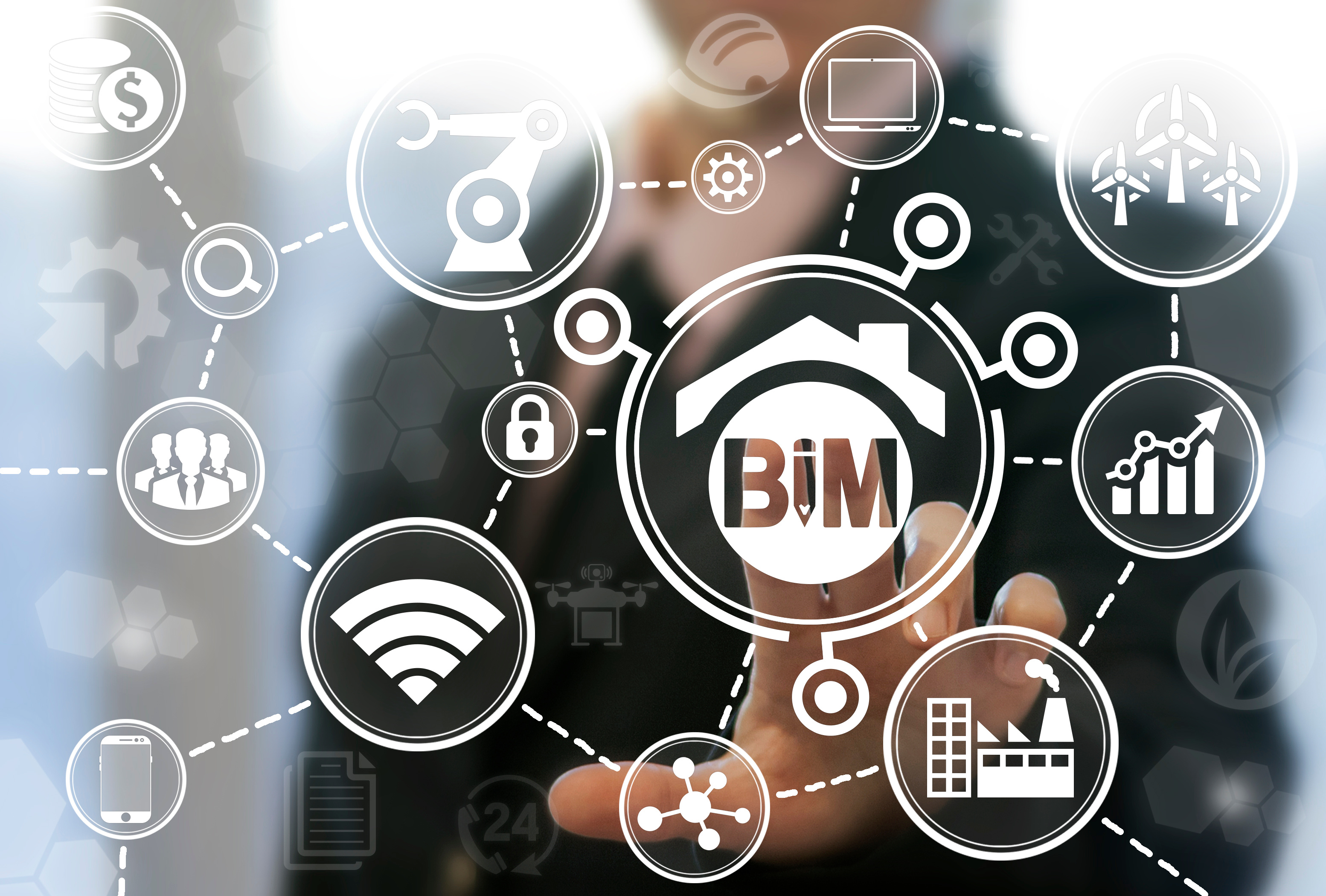BIM and Large Format Printing

No one likes to talk about it but disasters happen. Hurricanes, tornados, floods, fires and all manner of natural and man-made tragedies disrupt or cost lives and destroy infrastructure. After the dust clears, the heavy burden of rebuilding is dropped squarely on the shoulders of the engineering and construction community. There is a technology and a process that has been refining itself for over two decades that permits designers and stakeholders in structure and infrastructure projects to factor disaster mitigation into the basic design.
 So many of our world's vital and important structures and infrastructures are stored in digital BIM (Building Information Modeling) silos that make damage mitigation, assessment, and repair possible, and this has been a boon to the AEC vertical. BIM permits multiple disciplines to collaborate on the creation of structures and infrastructures with the ultimate goal of "failing" the structure as many times as possible in the "virtual" world in an effort to arrive at a more perfect design that can account for as many dynamic variables as possible such as soil moisture, tectonic activity, weather, and that's just from the structural part. BIM can also accommodate the internal workings of the building to answer questions related to cooling and heating efficiency based on HVAC models in various floor plans, etc. It's quite the science indeed!
So many of our world's vital and important structures and infrastructures are stored in digital BIM (Building Information Modeling) silos that make damage mitigation, assessment, and repair possible, and this has been a boon to the AEC vertical. BIM permits multiple disciplines to collaborate on the creation of structures and infrastructures with the ultimate goal of "failing" the structure as many times as possible in the "virtual" world in an effort to arrive at a more perfect design that can account for as many dynamic variables as possible such as soil moisture, tectonic activity, weather, and that's just from the structural part. BIM can also accommodate the internal workings of the building to answer questions related to cooling and heating efficiency based on HVAC models in various floor plans, etc. It's quite the science indeed!
BIM helps players from all disciplines to collaborate with their expertise in a virtual space to contribute data that will ultimately affect the structure or infrastructure. Kimon Onuma, an architect and software specialist based out of Pasadena, California, has been a BIM evangelist for over 20 years and has hosted a number of BIM Storm Project over the years that have demonstrated the power of Building Information Modeling. http://www.onuma.com/services/BimStorm.php
 So how does BIM work in conjunction with wide format printing? At first glance and upon further investigation of the BIM process, one may actually be lulled into thinking that BIM negates the need for printing but nothing could be further from the truth.
So how does BIM work in conjunction with wide format printing? At first glance and upon further investigation of the BIM process, one may actually be lulled into thinking that BIM negates the need for printing but nothing could be further from the truth.
While it is true that the BIM silo can permit us to focus in on any particular aspect, location or discipline within a building that is being designed, it is often not possible to get the "big" picture, if you will, of the overall visual impact of a design. Printing a complete plan allows for collaboration among designers at the construction level, permitting players to visually see and anticipate the effect that a design change on one side of a structure may have in another section, and to what degree. It challenges the designers to go back to the BIM simulation and retry in the pursuit of a more perfect design.
In addition, the 3D rendering produced by the BIM model can be translated to the large format printer, giving all stakeholders the ability to view the outcome holistically instead of in segments.
For more information on how Large Format Printing can support and complement your efforts in BIM, why not reach out to one of our skilled print professionals at Cansel? We help simplify your printed world!


